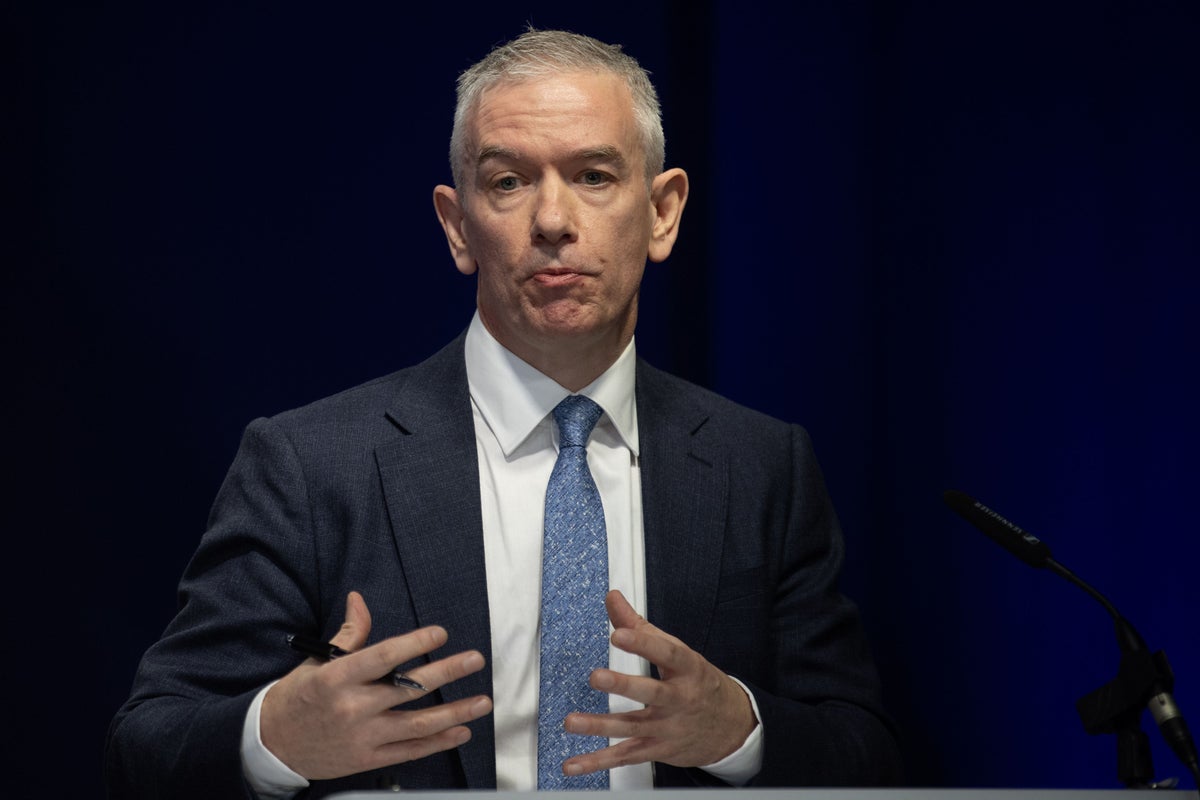Navigating Mental Health Representation: How Canadian Media Can Do Better

The portrayal of mental health in Canadian media has a significant impact on public perception, understanding, and ultimately, help-seeking behaviour. While increased awareness is a positive step, the way mental health conditions are represented often falls short, perpetuating harmful stereotypes and misconceptions. This article explores the current landscape of mental health reporting and representation in Canadian media, identifies common pitfalls, and suggests ways to improve accuracy, sensitivity, and overall impact.
The Problem with Stereotypes: Historically, media portrayals of mental illness have relied on tired tropes: the violent individual, the unpredictable genius, the burden on society. These simplistic and often inaccurate depictions can fuel stigma, discourage individuals from seeking help, and reinforce negative attitudes. Think of the dramatic, often sensationalized, depictions of schizophrenia or bipolar disorder in crime dramas. While these stories may be entertaining, they rarely reflect the lived experiences of individuals with these conditions.
Beyond the Headlines: The Need for Nuance News coverage of mental health frequently focuses on crisis situations, such as suicide or acts of violence involving individuals with mental illness. While these events are undeniably important, they create a distorted picture of the reality. It's crucial to move beyond these headlines and explore the complexities of mental health – the challenges of diagnosis, the impact of treatment, the importance of social support, and the journey towards recovery.
Representation Matters: Accurate & Diverse Stories The lack of diverse representation in media portrayals of mental health is another significant issue. Stories often centre on white, middle-class experiences, neglecting the unique challenges faced by Indigenous communities, racialized groups, LGBTQ+ individuals, and those living in rural areas. For example, Indigenous communities face disproportionately high rates of mental health issues due to historical trauma and systemic discrimination. Media needs to reflect this reality and amplify the voices of those who are often marginalized.
What Can Canadian Media Do Better?
- Consult with Experts: Engage with mental health professionals, researchers, and lived experience advocates to ensure accuracy and sensitivity in reporting.
- Promote Lived Experience: Feature stories that highlight the journeys of individuals with mental health conditions, focusing on their strengths, resilience, and recovery.
- Avoid sensationalism: Refrain from using sensationalized language or imagery that can perpetuate stigma.
- Focus on Prevention and Early Intervention: Highlight the importance of mental health promotion and early intervention programs.
- Showcase Diverse Perspectives: Ensure that portrayals of mental health reflect the diversity of the Canadian population.
The Role of Social Media & Online Platforms: The rise of social media has created new opportunities for sharing information about mental health, but it has also amplified the spread of misinformation and harmful content. Media organizations have a responsibility to use their platforms to promote accurate information, combat stigma, and provide resources for those who are struggling.
Moving Forward: A Call for Responsible Reporting Improving the portrayal of mental health in Canadian media is not just a matter of accuracy; it's a matter of social responsibility. By embracing nuanced storytelling, amplifying diverse voices, and prioritizing accuracy, Canadian media can play a vital role in reducing stigma, promoting understanding, and ultimately, improving the mental well-being of all Canadians. Let's strive for a media landscape that fosters empathy, encourages help-seeking, and celebrates the resilience of the human spirit.





